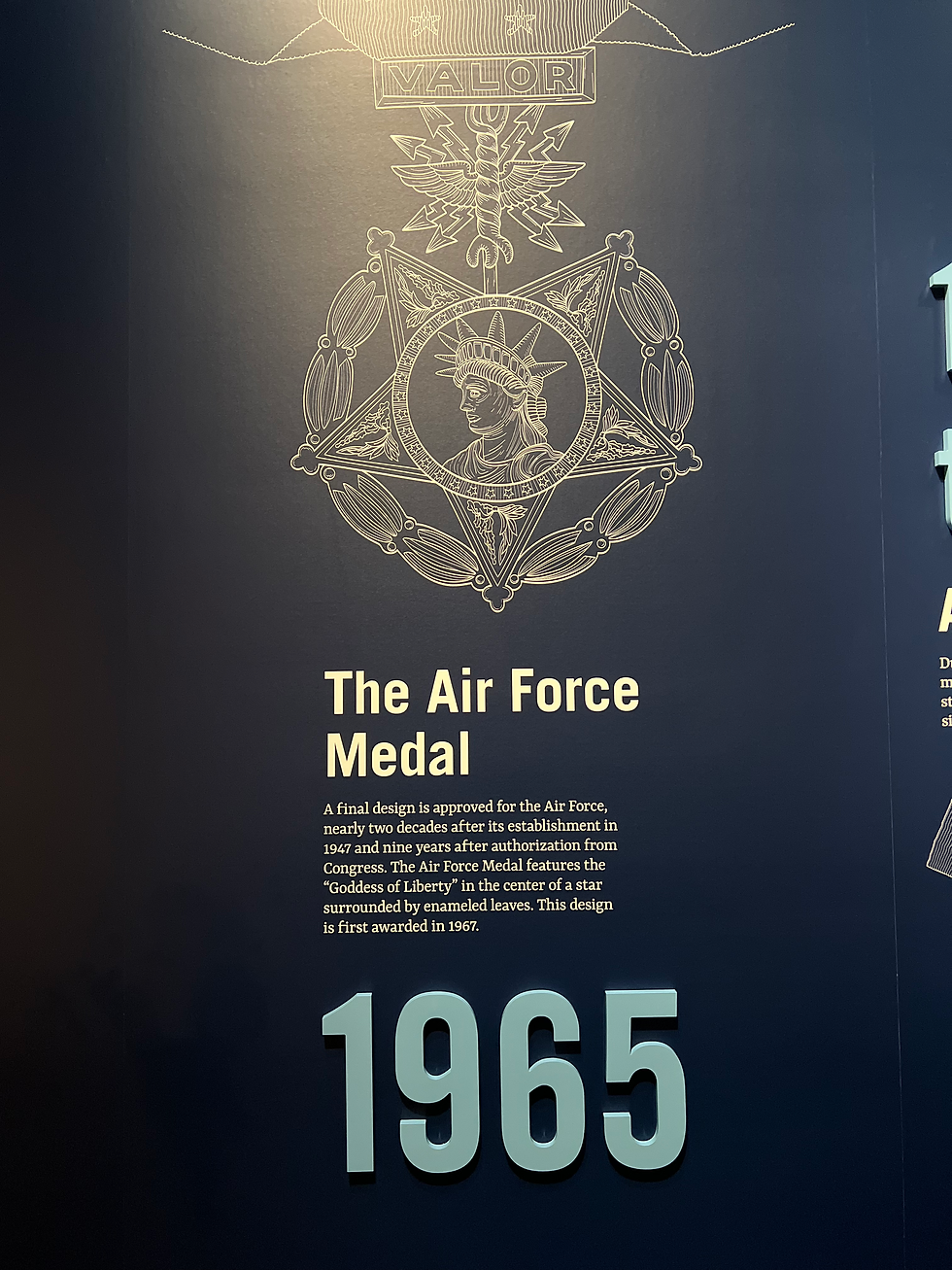National Medal of Honor in Dallas, TX
- Ray Via II
- Jul 23
- 2 min read
Updated: Aug 5

The National Medal of Honor Museum in Arlington, Texas, delivers a profound and unforgettable experience. Its bold, modern architecture, nestled beside Globe Life Field, home of the Texas Rangers, and overlooking a tranquil reflecting pond, commands attention and reverence. This setting honors the courage, sacrifice, and uncommon valor of the individuals whose stories fill the museum's halls. From the moment you step inside, the museum grips you. The opening video doesn't just welcome you. It shakes you awake. Through powerful imagery, it invites you into a world where ordinary Americans made extraordinary choices. It leaves you not only informed but inspired.

Right after, the museum guides you through the Medal's origins.
It traces the history of the Medal of Honor from its inception during the Civil War, through changes in design and criteria, to its modern legacy. It doesn't shy away from difficult chapters either, such as periods when the Medal was duplicated or issued without the full weight of scrutiny. By grounding you in that context, the museum highlights the enduring integrity and meaning the Medal holds today.

But it's the raw, human, and often overwhelming stories that define the museum. You walk past glass cases and digital exhibits, each one illuminating a name, a face, a moment of decision. You read the account of Major Charles Kettles, a UH-1 Huey pilot in Vietnam, who repeatedly flew into heavy enemy fire to rescue dozens of stranded soldiers. On his final trip, he went back alone, under intense mortar and machine-gun fire, to pull out the last eight men. He later said, "It was just a job that had to be done." But the men he saved, and the nation, knew better.
Nearby, the museum honors Sergeant First Class Alwyn Cashe, whose heroism in Iraq in 2005 defied human limits. After his vehicle struck an IED, engulfing it in flames, Cashe, on fire himself, returned to the wreck multiple times to pull out his men. He refused treatment until everyone else was out. His injuries eventually took his life, but not before he gave every ounce of strength for his brothers in arms.

Another exhibit shares the story of Specialist Lori Piestewa, the first Native American woman in U.S. history to die in combat while serving in the U.S. military. While not a Medal of Honor recipient, her presence alongside those honored reflects the museum's broader mission: to capture the spirit of selfless service across every background and battlefield.
From the Civil War's earliest recipients to the first African American honoree, Sergeant William Carney, who carried the Union flag through gunfire at Fort Wagner and shouted, "The old flag never touched the ground," these stories remind us what real heroism looks like. It isn't cinematic. It's selfless. It's costly. It's chosen, not for glory, but for others.
The Medal of Honor recognizes those who acted not for reward or recognition, but because duty left them no choice. And in honoring them, the museum gives us more than history. It provides us with a standard to live by.












Comments